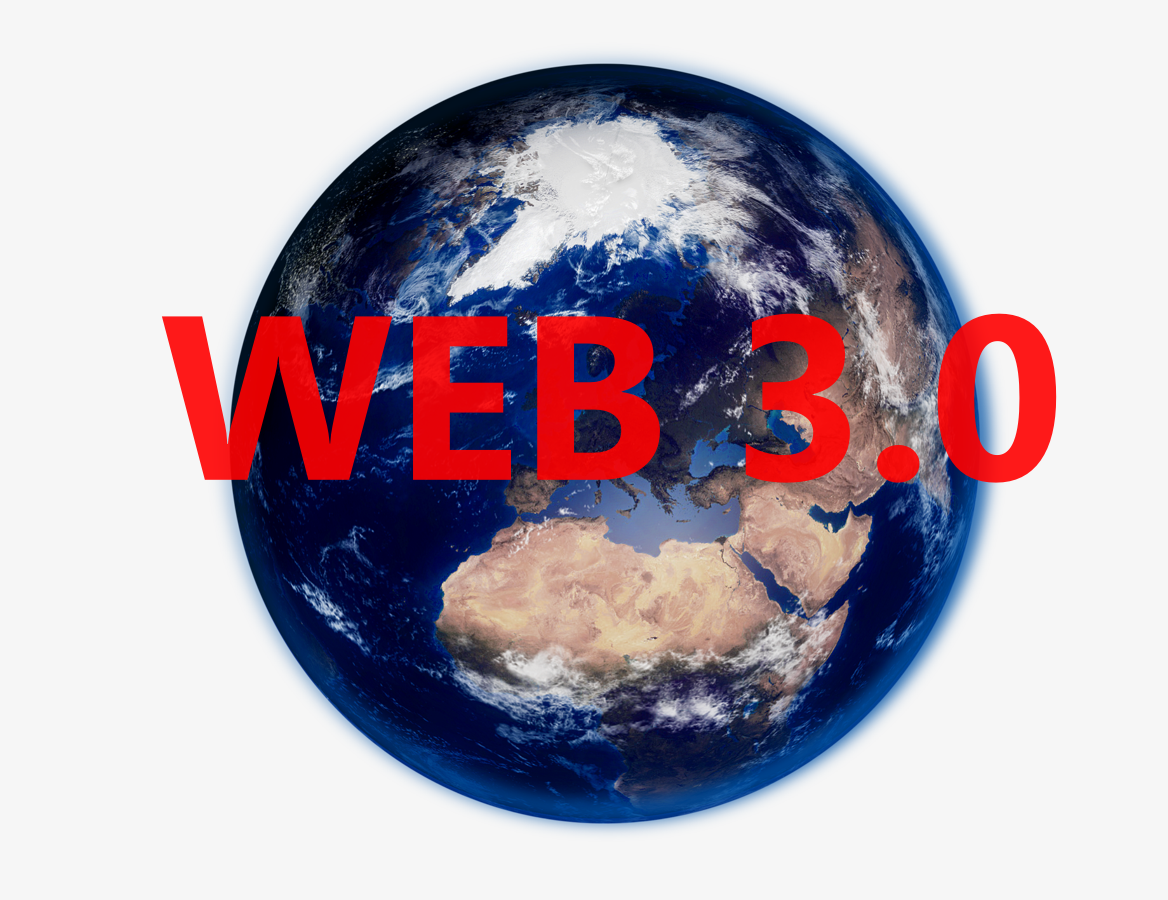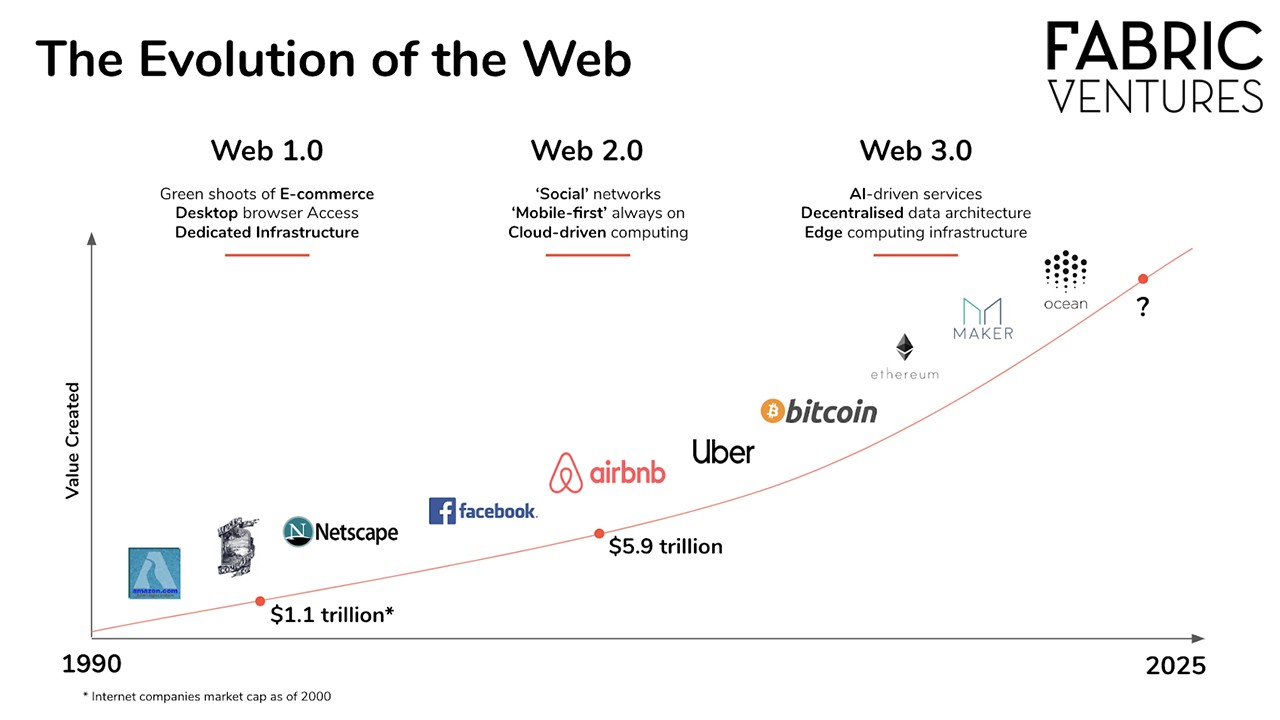
The Definition of Web3
Wikipedia defines Web3 as “an idea for a version of the Internet that is decentralized and based on public blockchains.”
Web3 can be also defines as “a version of the Internet that is decentralized and based on public blockchains”.
With Web 3.0, individual, machines & businesses will be able to trade value, information & work with global counterparties they don’t know or yet explicitly trust, without an intermediary. The most important evolution enabled by Web3.0 is the minimisation of the trust required for coordination on a global scale.
The Perks of this New Technology
- A Global Network The foundation of Web3 is the global network of people and machines. Today the majority of people connect to or depend on the Internet, a still-recent invention so central to modern life most of us take it for granted. Billions use it daily to connect, communicate, train, and transact. It’s transformed the flow of goods, services, capital, and life itself in developed nations, with one noteworthy exception: money.
- Decentralised data networks are making it possible for these data generators (from an individual’s personal health data, to a farmer’s crop data, or a car’s location & performance data) to sell or barter their data without losing ownership control, giving up privacy or reliance on third-party. As such, decentralised data networks can bring the entire long tail of data generators in to the emerging "data economy".
- Cloud commoditised the production and maintenance of internet pages & applications: new cloud providers aggregated and refined mass-produced personal computer hardware within numerous, vast data centers located around the world. Companies could shift from buying and maintaining their own expensive and dedicated infrastructure upfront to renting storage, compute power and management tools on the go. Millions of entrepreneurial experiments could benefit from low-cost resources that scaled as their businesses grew.

